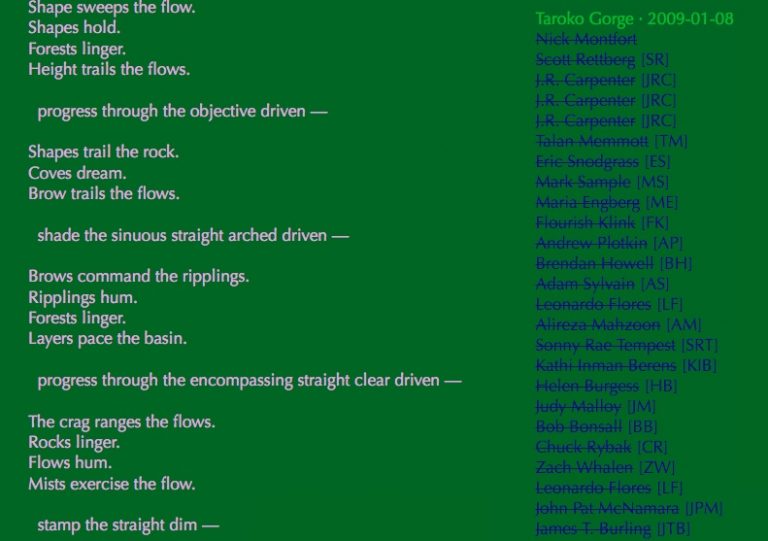Teaching Video Composition: The 30-Second Ad
As hard as this may be to believe, the traditional written essay isn’t always the most engaging assignment for students. I’d also venture to say that after spending the better part of a semester grading written essays, even instructors tend to wish for a change of pace. By assigning a video project, instructors can allow students to compose in a new medium and to a new audience. Over my next few posts, I’ll discuss some of the strategies I’ve used to bring video composition into the college classroom.
The video essay is a great way to refresh students, especially toward the end of a semester. To frame this genre, I like to compare it to a scholarly journal article. In most academic fields, to compose a journal article is to formally take your place within the scholarly conversation surrounding whatever topic drives your research. Video is not yet commonly found in academic journals, but it does exist in online publications such as Kairos: A Journal of Rhetoric, Technology, and Pedagogy. By comparing models from traditional written journals to those from online journals like Kairos, students witness the evolution of scholarship, rather than experiencing it as something static (and boring). Students can then explore more popular models like Kyle Kallgren’s YouTube channel, in which the author uses video to render his rhetorically sound arguments about pop culture approachable and enjoyable. I’ve found it helpful to remind students that the video essay is a new genre and that they are its pioneers—the contours of this genre are still forming!
The prospect of composing in a genre without established conventions and expectations can be daunting, and this intimidation-factor can be compounded by the presence of technology. Bearing this in mind, it’s helpful to begin with a low-stakes assignment that allows room for play and practice. In my classes, I’ve assigned a 30-second advertisement (graded on completion) as an introduction to video-composing. I prefer letting students have as much fun as possible with this early work; they can choose any product or concept relevant to the course content to advertise, and they can have fun with their tone within reason. If your class is on board, watching a few of these short (usually humorous) videos together in class can be a great stress-reliever. To get meta for a moment, here’s a video that models three of my students’ 30-second videos while placing them in a theoretical context:
Using a short, open assignment like the 30-second ad is an effective prelude to larger video projects, giving students time to practice with layering, transparency, audio effects, and more without worrying about producing perfection.
Usable media for videos:
- Legal Music for Videos at CreativeCommons
- The Internet Archive (a treasure trove of public domain and Creative Commons media)


